Home>Home Appliances>Laundry Appliances>Why Does The Washing Machine Shake
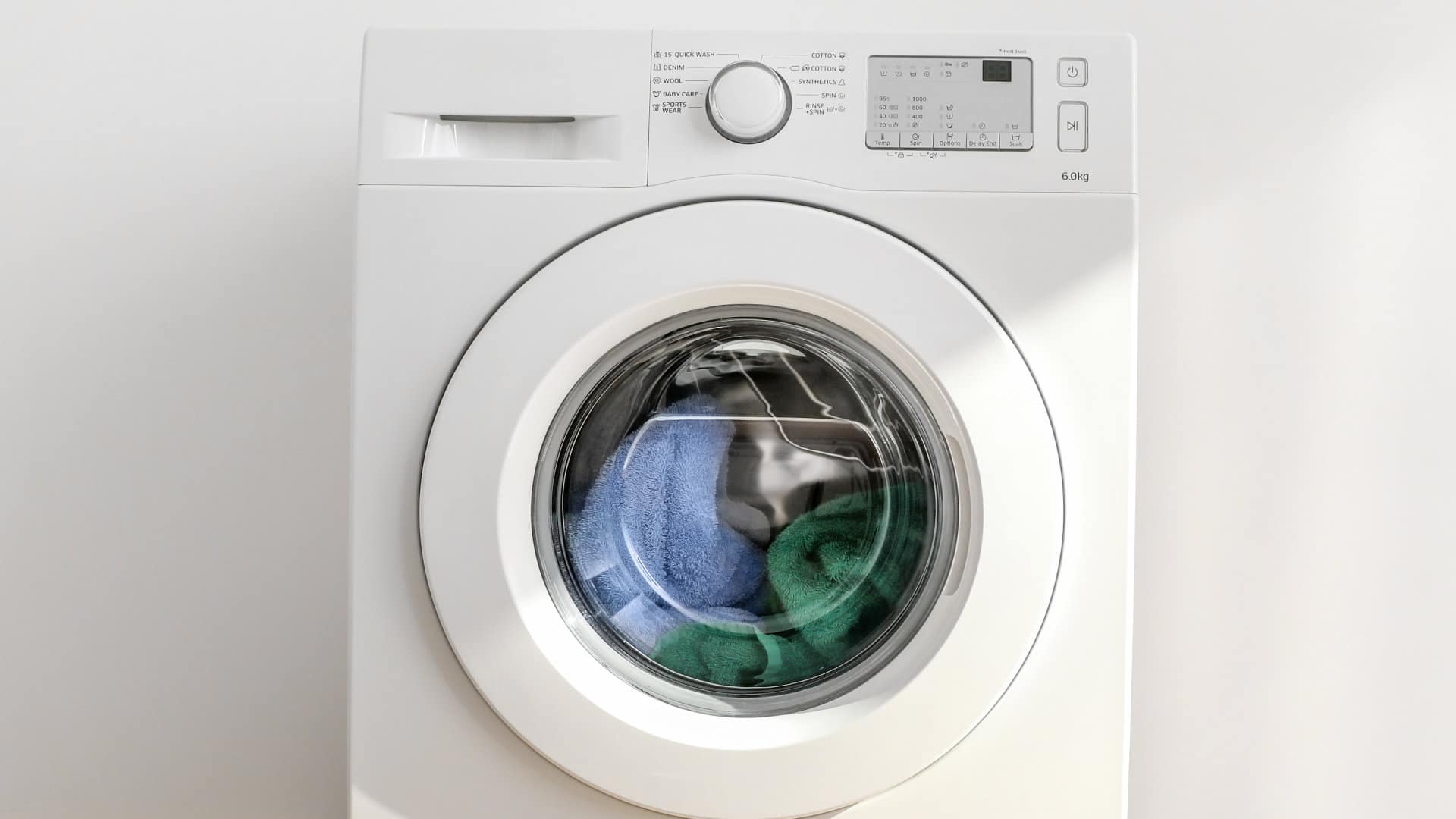

Laundry Appliances
Why Does The Washing Machine Shake
Published: February 21, 2024
Discover why your laundry appliances shake and how to fix it. Get expert tips to prevent washing machine vibrations and keep your home peaceful.
(Many of the links in this article redirect to a specific reviewed product. Your purchase of these products through affiliate links helps to generate commission for Storables.com, at no extra cost. Learn more)
Common Reasons for Washing Machine Shaking
Washing machines are essential appliances that make our lives easier, but when they start shaking and vibrating excessively during a laundry cycle, it can be quite unsettling. There are several common reasons why a washing machine may shake, and understanding these factors can help in addressing the issue effectively.
-
Unbalanced Loads: One of the primary reasons for washing machine shaking is an unbalanced load. When the laundry is unevenly distributed inside the drum, especially with heavy items congregated on one side, it can cause the machine to shake violently during the spin cycle. This imbalance can lead to excessive wear and tear on the machine components and even cause damage over time.
-
Uneven Flooring: Another common culprit behind washing machine shaking is uneven flooring. If the surface on which the washing machine is placed is not level, it can result in instability during operation. This instability can cause the machine to vibrate excessively, leading to potential movement across the floor.
-
Leveling Issues: Proper leveling of the washing machine is crucial for its smooth operation. If the machine is not leveled correctly, it can lead to shaking and vibrating during the spin cycle. Ensuring that the machine is placed on a level surface and adjusting the machine's feet to achieve stability can significantly reduce shaking issues.
-
Shock Absorbers: The shock absorbers in a washing machine play a vital role in minimizing vibration and shaking during operation. Over time, these shock absorbers can wear out, leading to increased movement and shaking of the machine. Regular inspection and maintenance of the shock absorbers can help prevent excessive shaking.
Understanding these common reasons for washing machine shaking is essential for maintaining the appliance's optimal performance and longevity. By addressing these factors, such as redistributing the load, leveling the machine, and ensuring a stable flooring surface, homeowners can effectively minimize shaking and vibration issues, contributing to a smoother and quieter laundry experience.
Key Takeaways:
- Keep your washing machine balanced to prevent shaking and damage. Distribute laundry evenly, level the machine, and maintain shock absorbers for a smoother laundry experience.
- Uneven flooring can cause your washing machine to shake and make noise. Level the floor and adjust the machine’s feet for a quieter laundry routine.
Read more: Why Is My Washer Shaking
Impact of Unbalanced Loads
Unbalanced loads in a washing machine can have a significant impact on its performance and longevity. When the laundry inside the drum is unevenly distributed, especially with heavier items clustered on one side, it can lead to disruptive shaking and vibration during the spin cycle. This imbalance not only affects the immediate laundry cycle but also poses potential risks to the machine's components and overall stability.
The effects of unbalanced loads go beyond mere inconvenience. The excessive shaking and movement caused by unbalanced loads can result in increased wear and tear on various parts of the washing machine, including the drum, bearings, and suspension system. This wear and tear can lead to premature deterioration of these components, potentially necessitating costly repairs or even early replacement of the machine.
Moreover, the disruptive shaking caused by unbalanced loads can also impact the surrounding environment. The machine's movement can cause it to shift across the floor, leading to potential damage to the flooring or nearby objects. Additionally, the noise generated by the excessive vibration can be disruptive and bothersome, affecting the overall tranquility of the household.
Addressing the impact of unbalanced loads is crucial for maintaining the washing machine's optimal performance and ensuring a hassle-free laundry experience. By taking proactive measures to distribute the laundry evenly inside the drum, such as grouping similar items together and avoiding overloading, homeowners can mitigate the adverse effects of unbalanced loads. Furthermore, selecting the appropriate wash cycle for the specific laundry load can also contribute to minimizing the risk of imbalance and subsequent shaking.
In essence, recognizing and addressing the impact of unbalanced loads is essential for preserving the washing machine's functionality and structural integrity. By understanding the potential consequences of unbalanced loads and implementing strategies to mitigate them, homeowners can promote a smoother, quieter, and more sustainable laundry routine while safeguarding the long-term durability of their washing machine.
Effects of Uneven Flooring
Uneven flooring can exert a profound impact on the performance and stability of a washing machine. When a washing machine is placed on an uneven surface, it is susceptible to instability during operation, leading to disruptive shaking and vibration. The repercussions of such uneven flooring extend beyond mere inconvenience, encompassing potential risks to the machine and the surrounding environment.
The primary consequence of uneven flooring is the compromised stability of the washing machine during its operational cycles, particularly the spin cycle. When the machine is not placed on a level surface, it is prone to rocking and shifting as it undergoes the vigorous spinning process. This instability can result in pronounced shaking and vibration, causing the machine to move across the floor. Such movement not only disrupts the laundry process but also poses risks to the machine's structural integrity.
Furthermore, the effects of uneven flooring can manifest in increased noise levels during the washing machine's operation. The instability caused by the uneven surface can amplify the vibrations, generating excessive noise that permeates the surrounding environment. This heightened noise can be disruptive and bothersome, impacting the overall tranquility of the household and causing discomfort during laundry cycles.
In addition to the impact on the washing machine itself, uneven flooring can also pose risks to the surrounding area. The machine's movement across the uneven surface can potentially damage the flooring, leaving marks or scratches. Moreover, nearby objects or furniture may be at risk of displacement or damage due to the machine's shifting motion, further highlighting the adverse effects of uneven flooring on the household environment.
Addressing the effects of uneven flooring is essential for ensuring the optimal performance and longevity of the washing machine. By taking proactive measures to level the flooring surface or adjust the machine's feet to achieve stability, homeowners can mitigate the disruptive consequences of uneven flooring. Additionally, placing a sturdy and level base, such as a plywood panel, beneath the washing machine can contribute to stabilizing its position and minimizing the impact of uneven flooring.
In essence, recognizing and addressing the effects of uneven flooring is crucial for preserving the washing machine's functionality and structural integrity. By understanding the potential repercussions of uneven flooring and implementing strategies to mitigate them, homeowners can promote a smoother, quieter, and more sustainable laundry routine while safeguarding the long-term durability of their washing machine.
Check if the washing machine is level on the ground. Uneven surfaces can cause shaking. Also, make sure the load is balanced inside the drum to prevent shaking during the spin cycle.
Importance of Leveling the Machine
Properly leveling a washing machine is a fundamental aspect of ensuring its optimal performance and longevity. When a washing machine is not leveled correctly, it is susceptible to a myriad of issues that can compromise its functionality and stability during operation. The importance of leveling the machine extends beyond mere convenience, encompassing critical considerations for the machine's structural integrity, operational efficiency, and overall user experience.
At the core of the importance of leveling the machine lies the preservation of its structural integrity. When a washing machine is placed on an uneven surface, it is prone to instability during its operational cycles, particularly the spin cycle. This instability can lead to disruptive shaking and vibration, potentially causing the machine to move across the floor. Over time, this movement can exert undue stress on the machine's components, including the drum, bearings, and suspension system, leading to accelerated wear and tear and potential damage. By ensuring that the machine is leveled correctly, homeowners can mitigate the risks of structural damage and promote the long-term durability of the appliance.
Furthermore, the importance of leveling the machine is underscored by its impact on operational efficiency. A leveled washing machine operates more smoothly and quietly, enhancing the overall laundry experience. When the machine is not leveled, the disruptive shaking and movement can result in increased noise levels, potentially causing discomfort and disturbance in the household. By achieving proper leveling, homeowners can minimize the machine's vibrations and noise, contributing to a more tranquil and harmonious environment during laundry cycles.
Additionally, leveling the machine is essential for safeguarding the surrounding environment. An unlevel washing machine is more likely to shift and move across the floor during its operational cycles, posing risks to the flooring and nearby objects. The potential damage to the flooring and the possibility of objects being displaced or damaged highlight the broader implications of neglecting the leveling of the machine. By prioritizing proper leveling, homeowners can mitigate these risks and maintain a safe and secure laundry environment.
In essence, the importance of leveling the washing machine cannot be overstated. By recognizing the critical role of proper leveling in preserving the machine's structural integrity, enhancing operational efficiency, and safeguarding the surrounding environment, homeowners can prioritize this essential maintenance task. Through proactive measures to ensure the machine is placed on a level surface and adjusting its feet as needed, homeowners can promote a smoother, quieter, and more sustainable laundry routine while prolonging the longevity of their washing machine.
Role of Shock Absorbers in Machine Stability
Shock absorbers play a pivotal role in maintaining the stability and smooth operation of a washing machine. These essential components are designed to mitigate the impact of vibrations and movements generated during the machine's operational cycles, particularly the spin cycle. By absorbing and dampening these forces, shock absorbers contribute significantly to the overall stability and performance of the washing machine.
The primary function of shock absorbers is to counteract the vibrations and movements that naturally occur during the washing machine's spin cycle. As the drum rotates at high speeds to extract water from the laundry, it generates powerful centrifugal forces that can lead to disruptive shaking and vibration. Without effective shock absorption, these forces can cause the machine to shift across the floor, resulting in potential damage to the appliance and the surrounding environment.
By strategically placed shock absorbers, the kinetic energy produced during the spin cycle is absorbed and dissipated, minimizing the transmission of vibrations and movements to the washing machine's structure. This process effectively stabilizes the machine, preventing excessive shaking and ensuring that it remains in place during operation. Additionally, the dampening effect of shock absorbers contributes to a quieter laundry experience, reducing the noise generated by the machine's movements.
Over time, the shock absorbers in a washing machine may experience wear and deterioration due to continuous use. When these components become worn out, their ability to effectively absorb and dampen vibrations diminishes, leading to increased machine movement and shaking during operation. Regular inspection and maintenance of the shock absorbers are essential to ensure their optimal functionality and prolong the stability of the washing machine.
In essence, the role of shock absorbers in machine stability is indispensable. By effectively mitigating the impact of vibrations and movements, these components contribute to a smoother, quieter, and more stable laundry experience. Homeowners can prioritize the maintenance of shock absorbers to uphold the optimal performance and longevity of their washing machine, safeguarding its stability and structural integrity for years to come.
Frequently Asked Questions about Why Does The Washing Machine Shake
Was this page helpful?
At Storables.com, we guarantee accurate and reliable information. Our content, validated by Expert Board Contributors, is crafted following stringent Editorial Policies. We're committed to providing you with well-researched, expert-backed insights for all your informational needs.
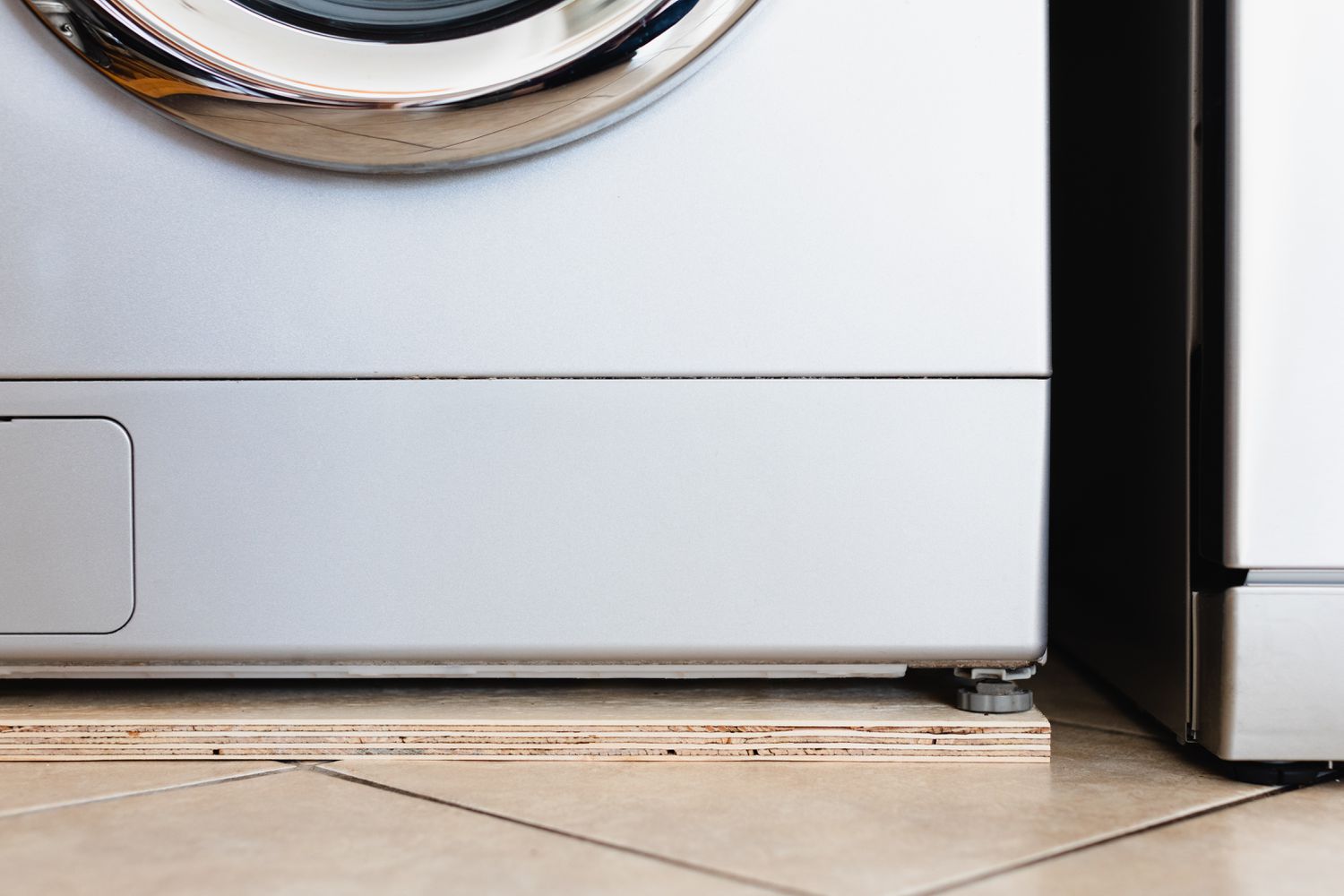
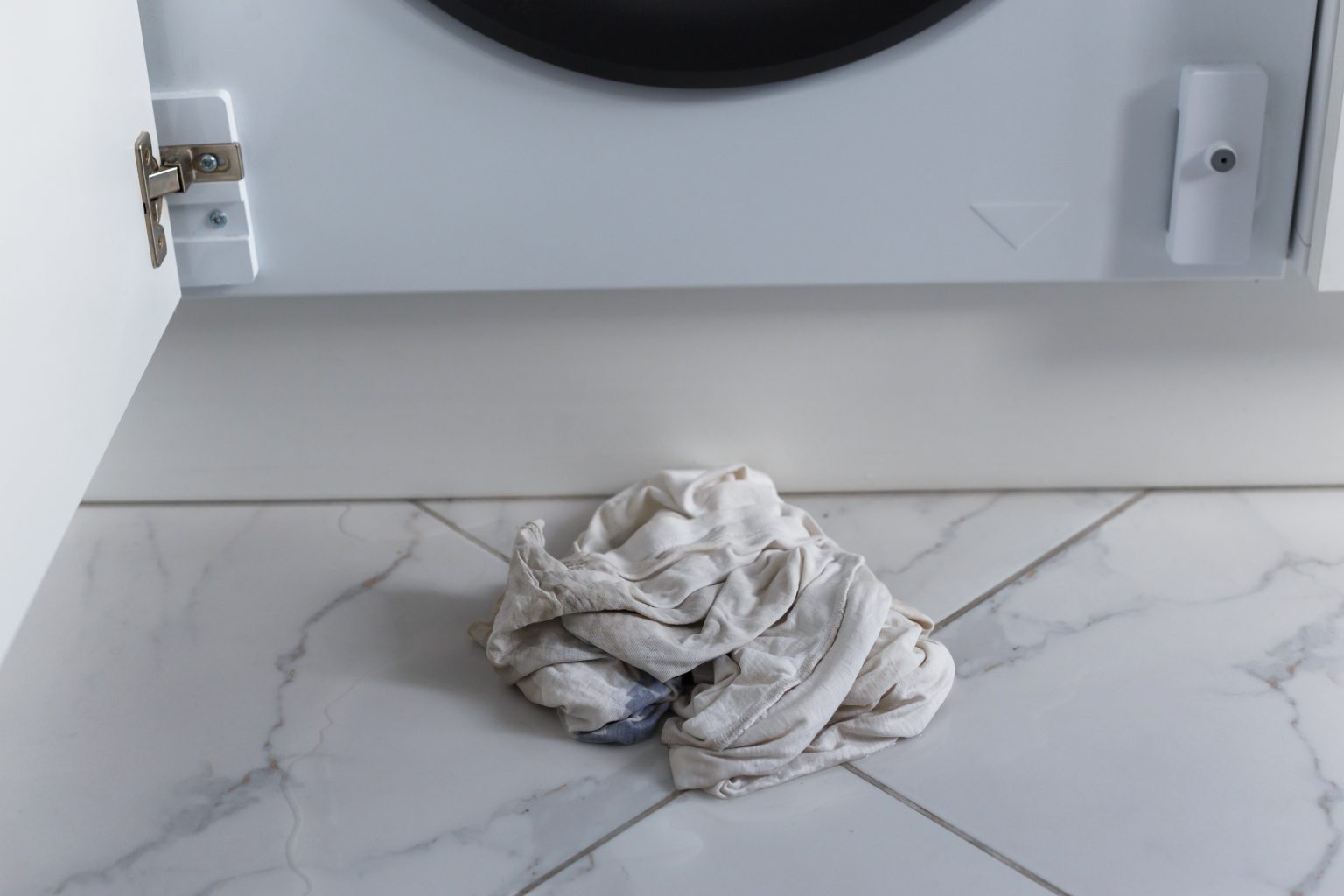
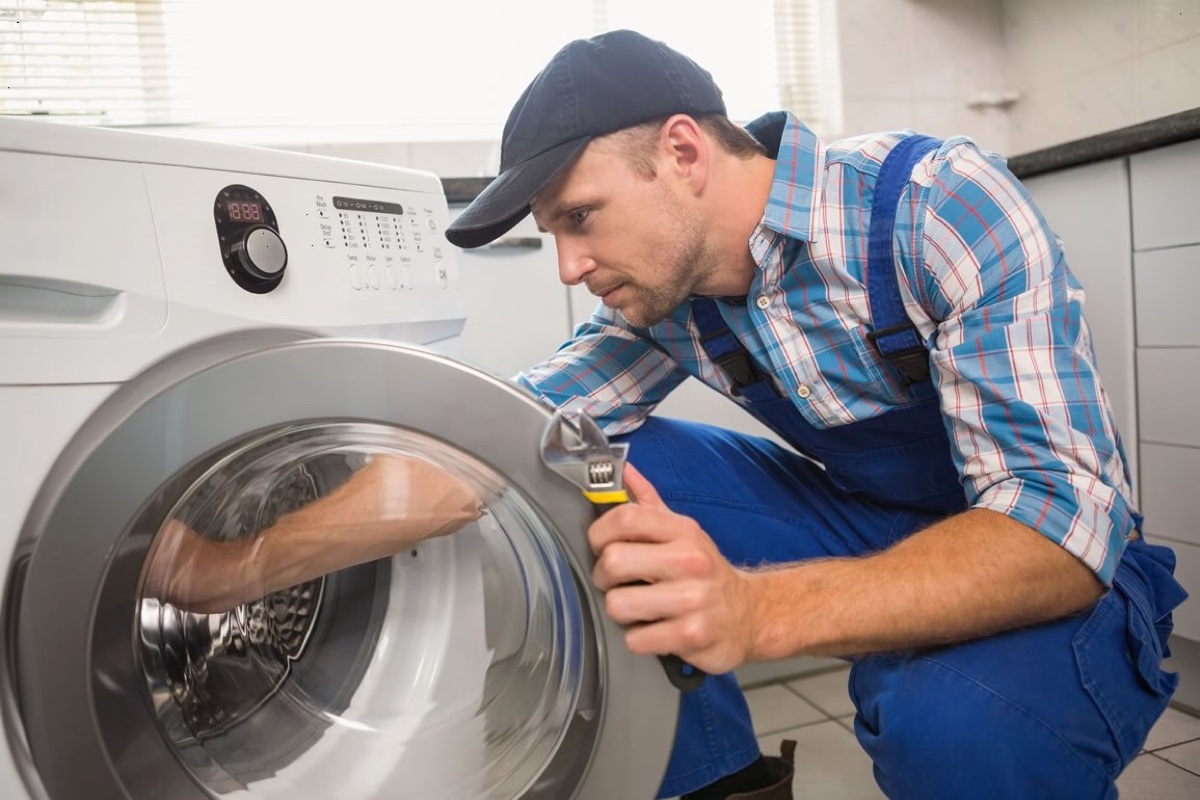
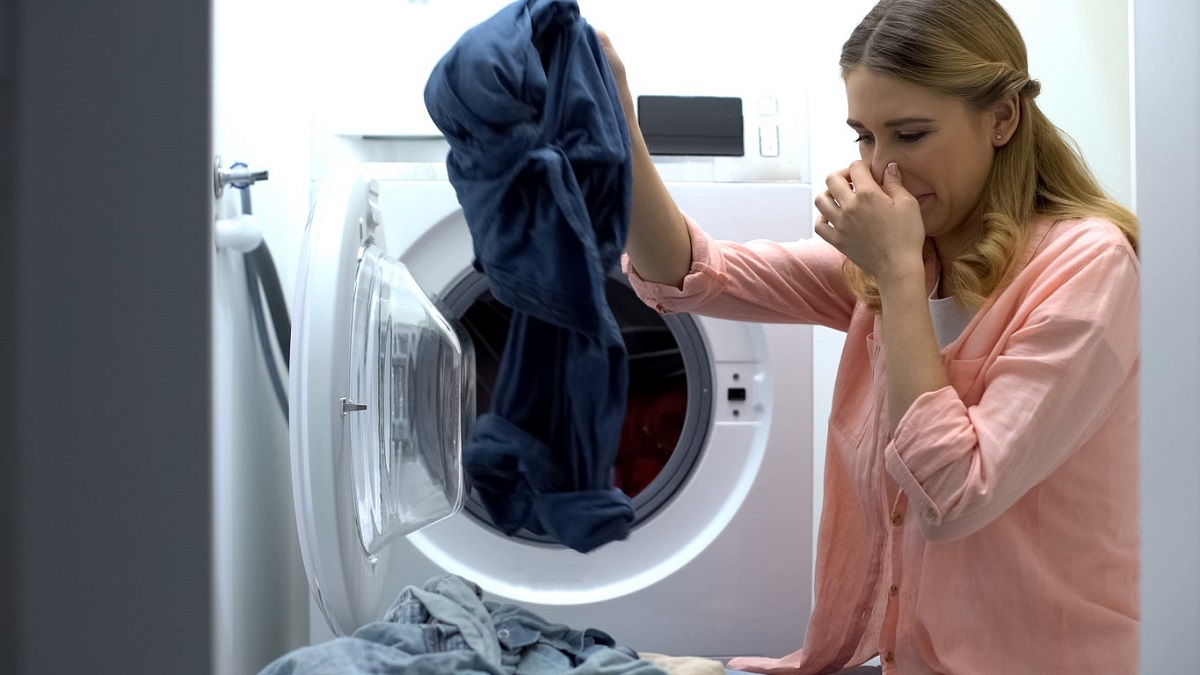
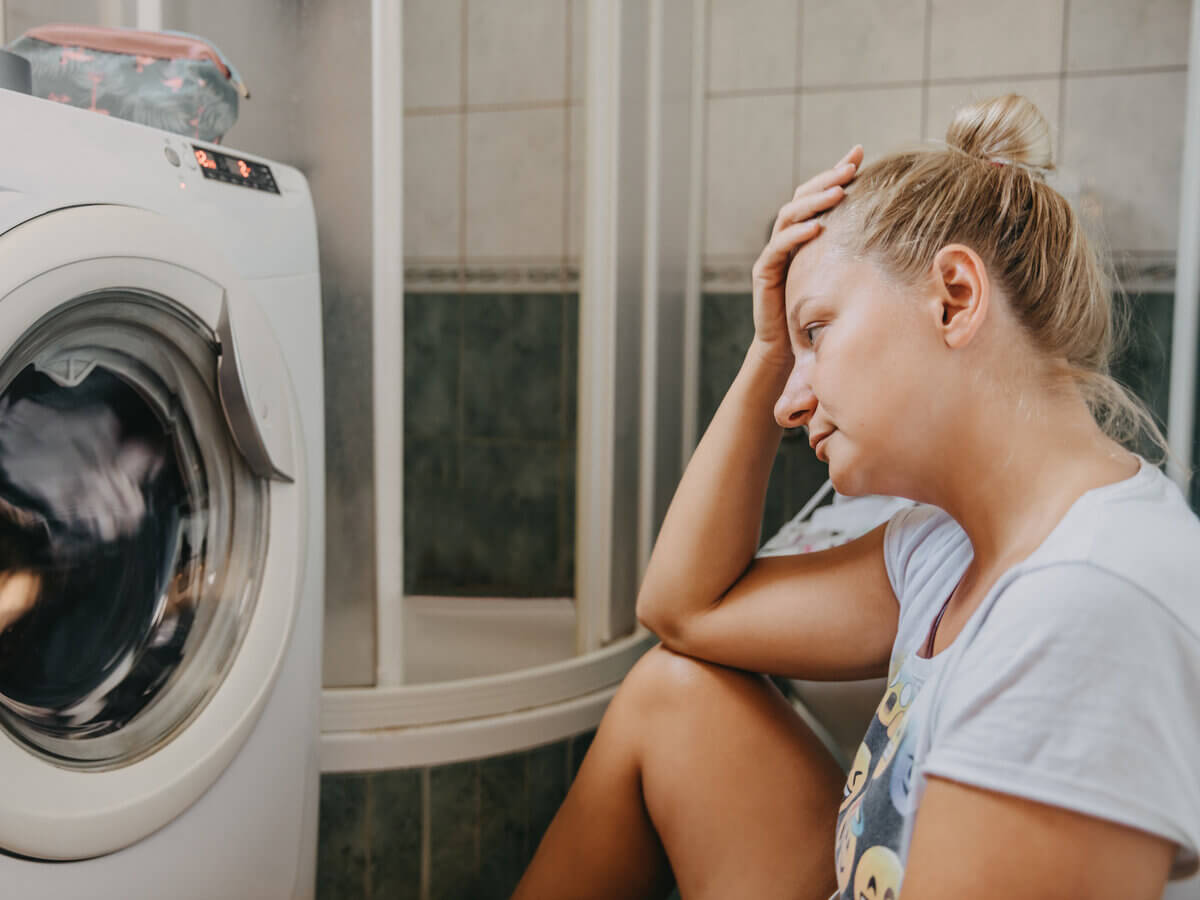
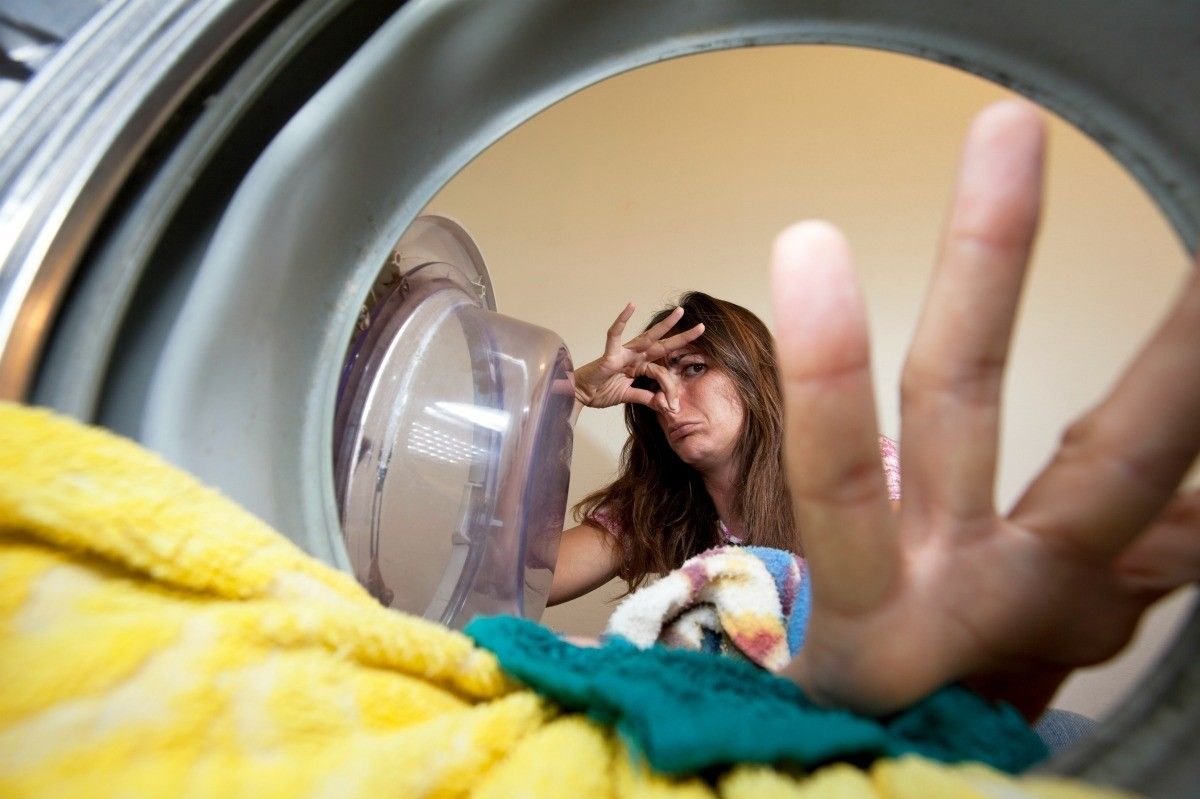
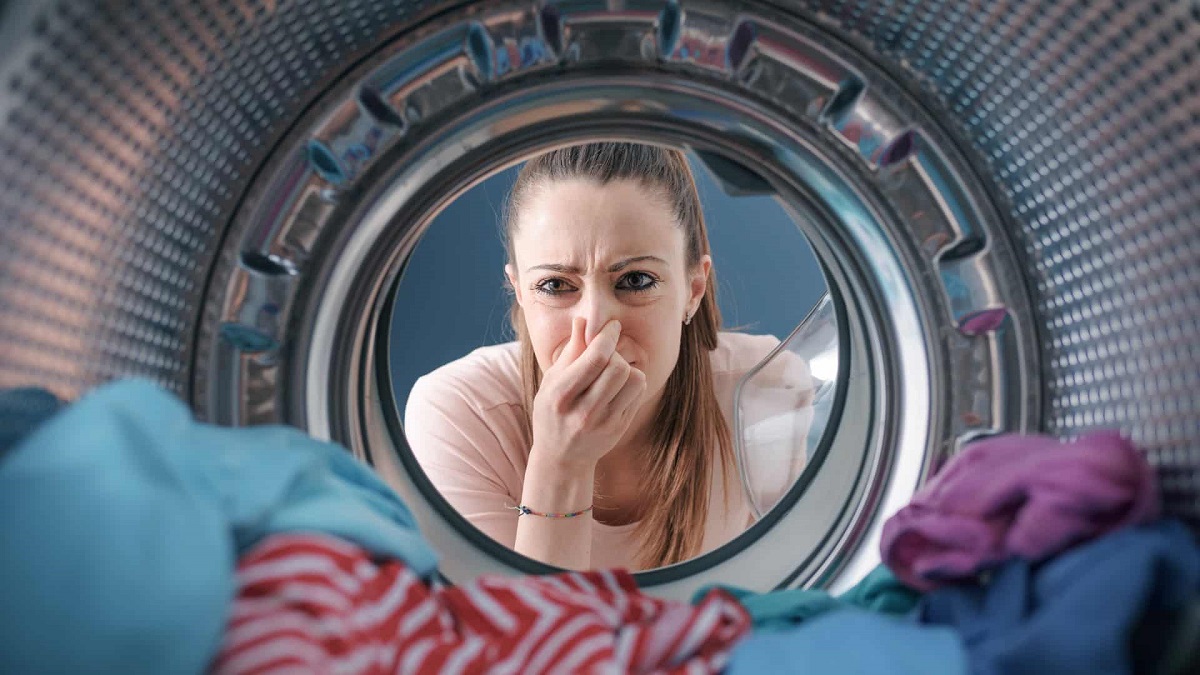
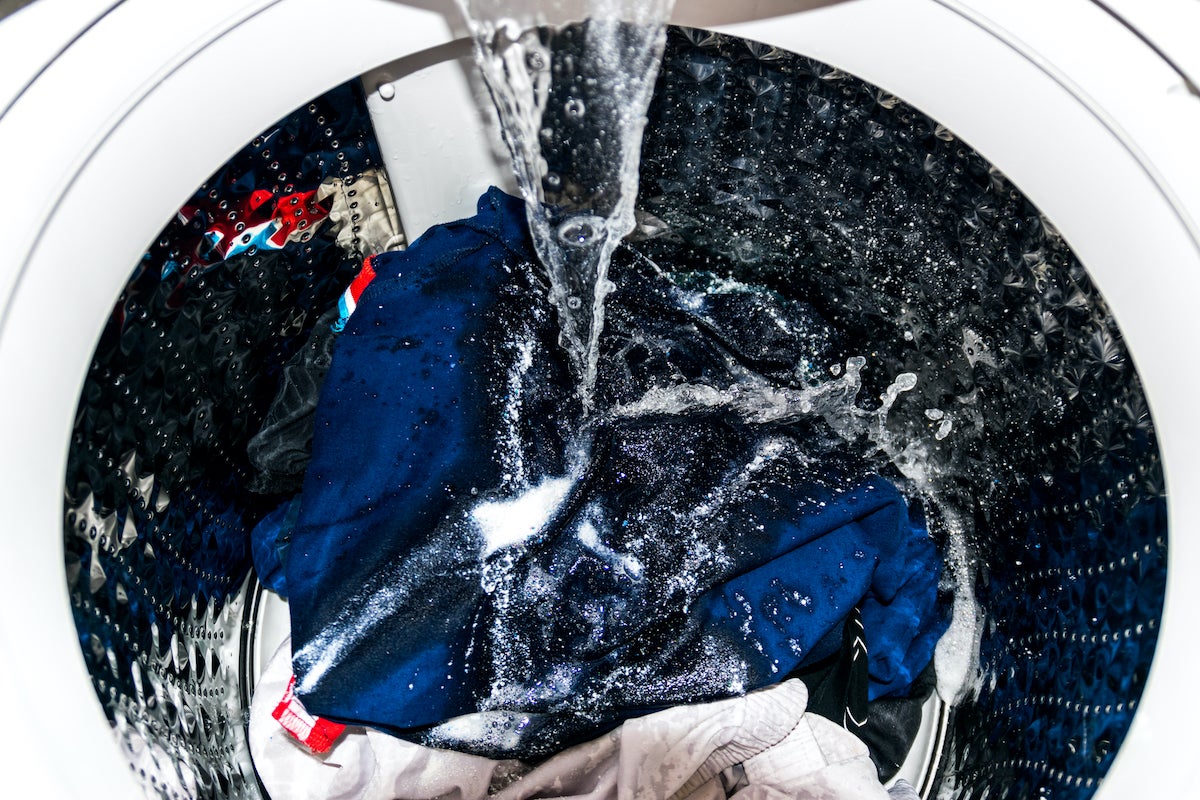
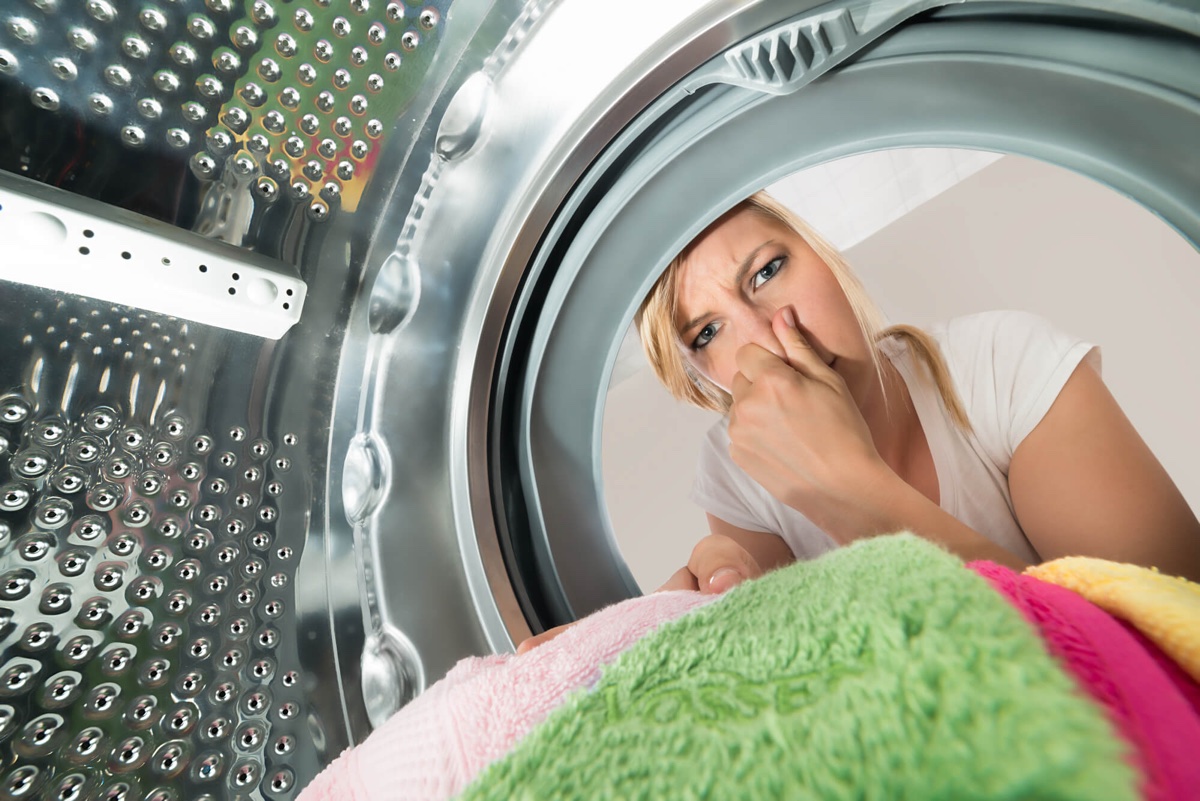

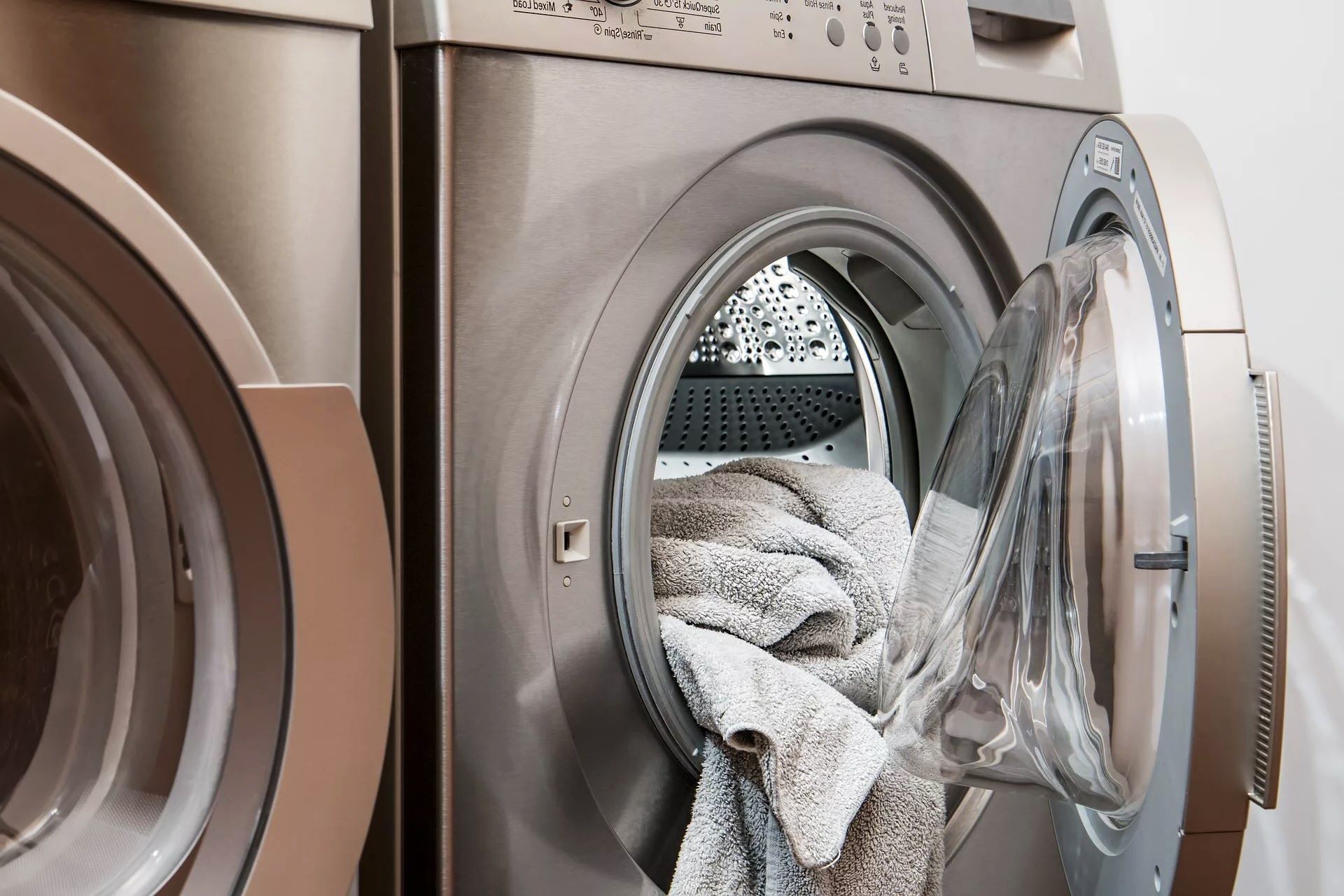

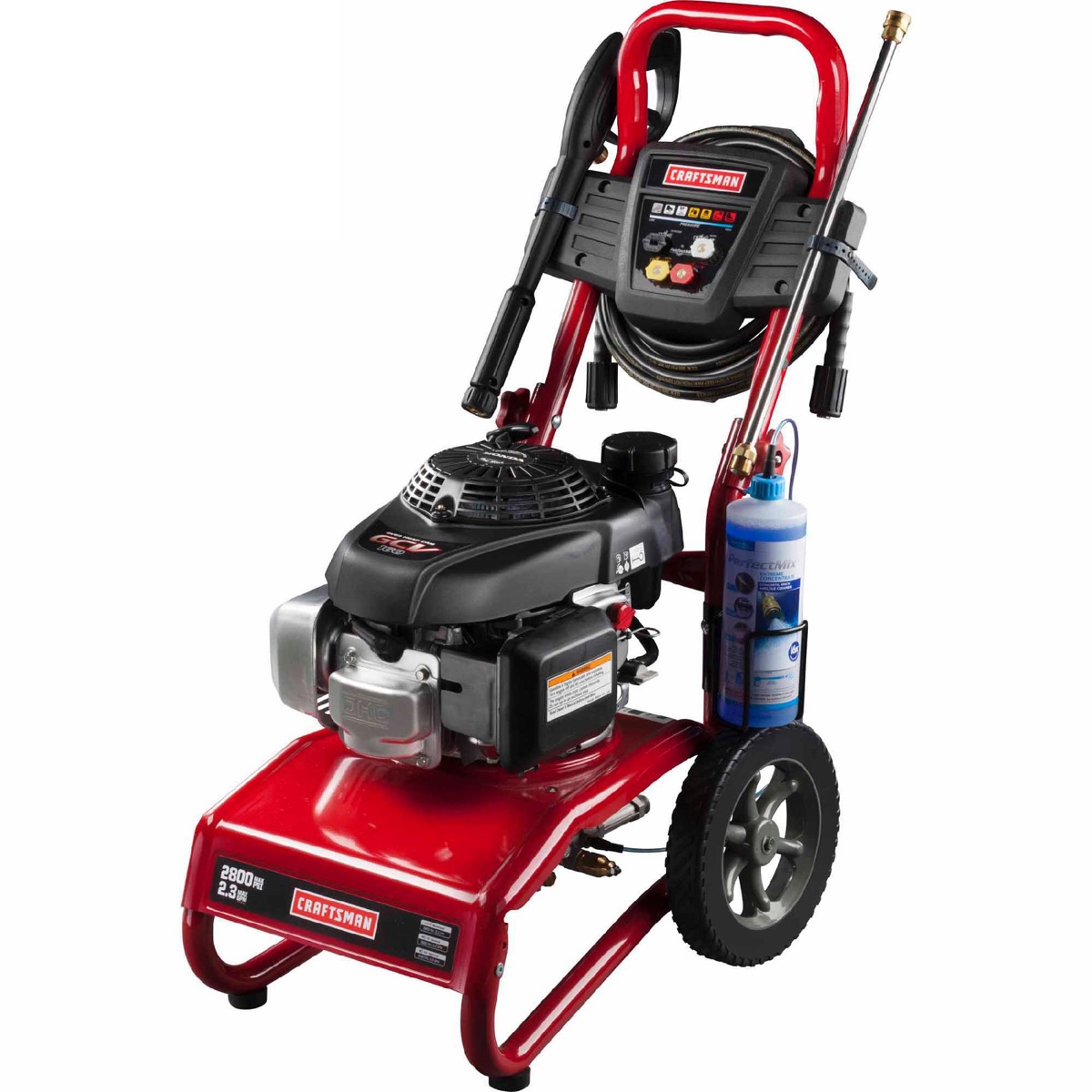
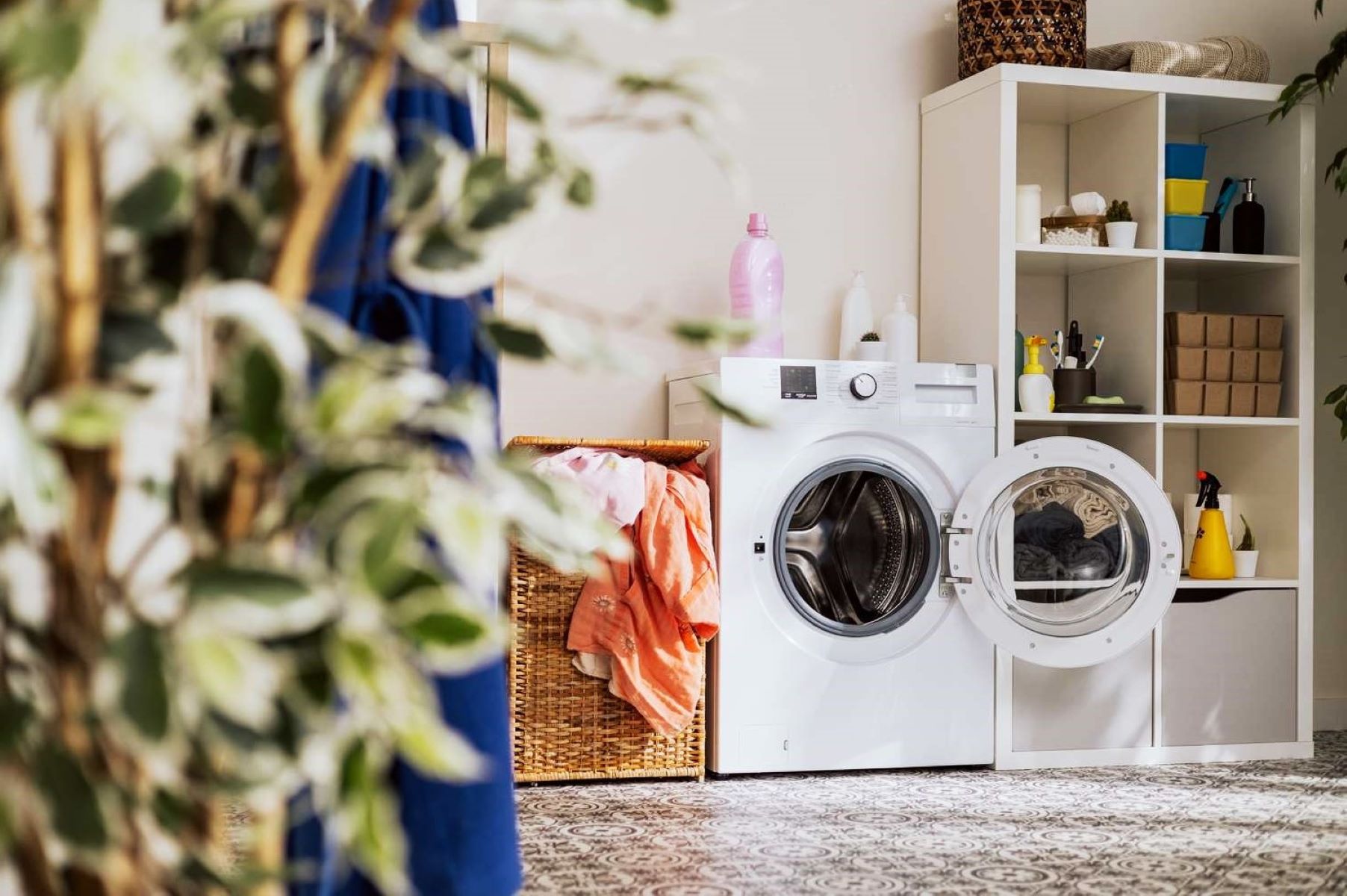
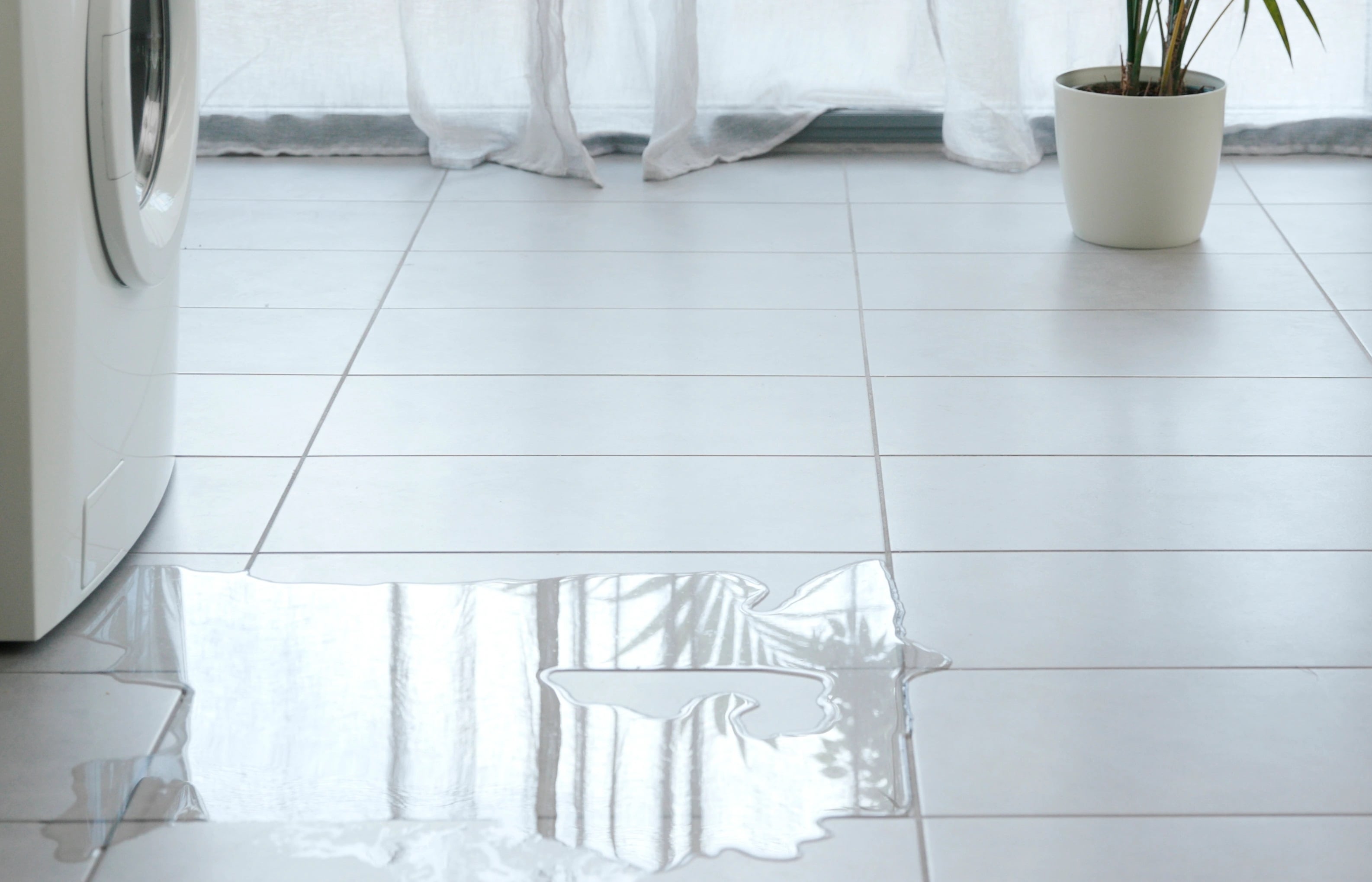

0 thoughts on “Why Does The Washing Machine Shake”